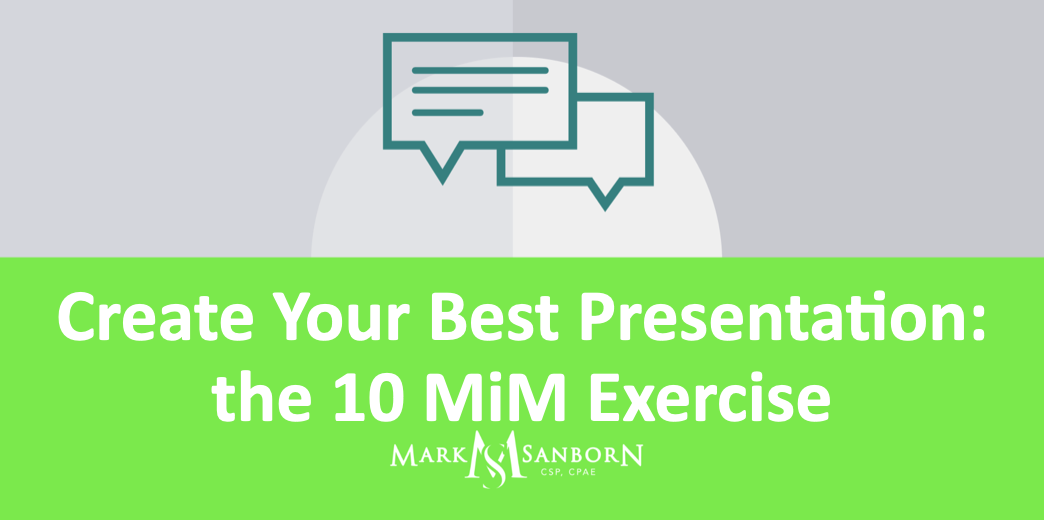4 Ways to Quickly Change the Future
The terrible thing about the future is its predictability.
Yesterday returns until you change the future today.
Lousy relationships will be disappointing tomorrow unless you treat people differently today.
Boring meetings will drag on if you lead meetings like you did yesterday.
4 ways to quickly change the future:
#1. Reject consistency.
Consistency is the enemy of change unless you consistently change things.
Repetition congeals the past.
Stopping is a beginning.
Stop:
- Having the same conversations over and over.
- Doing the same things and expecting different results.
- Thinking the same way about situations that aren’t changing.
- Asking the same questions.
#2. Act differently.
Someone said, “The future belongs to those who believe in their dreams.”
Dreaming is a source of frustration for those who refuse to change.
“If you always do what you’ve always done, you always get what you’ve always gotten.” Uncertain attribution
The future is created now.
#3. Welcome new people into your life.
- Invite people from other departments to attend your meetings.
- Listen to children’s books.
- Ask the clerk at the store for the secret to success.
- Take a casual introduction to the next level. Have coffee, for example.
#4. Try one new thing today.
Tomorrow will be the same as today unless you do something differently today.
Exercise:
Create two columns on a sheet of paper. Make a list of everything you would love to change about your organization or team in the left column. In the right column list everything a new leader might do to produce those change.
Choose one small thing you can do today to change the future. Don’t ask permission. Don’t violate established policies. Don’t step into someone’s turf.
“The future cannot be predicted, but futures can be invented.” Nobel Prize winner Dennis Gabor.
How can you change the future today?
Still curious:
10 Ways to Change the Future Today
Future-Back: How Leaders Create the Future Today
Like this:
Like Loading…












 ‘ + data.settings.title + ” : ” }}} ]]>
‘ + data.settings.title + ” : ” }}} ]]>
